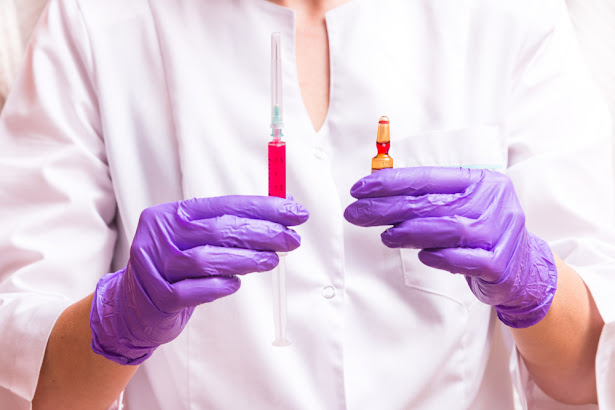Pros and Cons of Ear Syringing for Wax Removal
 |
| Ear Syringing for Wax Removal |
Ear syringing for wax removal
is a method that has been widely used for decades to clear ear canals of
excessive wax buildup. This technique involves using a syringe filled with
water or saline solution to flush out the earwax. While it can be effective,
it's not without its potential risks and drawbacks. In this blog, we will
explore how ear syringing works, its benefits, potential problems, and the best
alternatives available.
How
Does Ear Syringing Work?
Ear syringing works by introducing a controlled flow
of water into the ear canal to dislodge and flush out accumulated earwax.
Typically, a healthcare professional uses a syringe or an electronic irrigator
to direct the water into the ear. The process usually begins with the patient
tilting their head to one side while the practitioner carefully injects the
water. The fluid softens the wax, which is then expelled along with the water.
Can
You Syringe Your Own Ears?
While it is technically possible to syringe your own
ears, it is not recommended. The ear canal is delicate, and improper technique
can lead to complications such as ear infections, eardrum perforation, or
further impaction of the wax. Additionally, without professional training, it
is challenging to control the pressure and direction of the water accurately.
Therefore, it is safer and more effective to seek professional help for ear
syringing.
What
are the Benefits of Ear Syringing?
Ear syringing can offer several benefits, including:
1. Immediate Relief: For those suffering from symptoms like hearing loss, earache, or tinnitus due to wax buildup, ear syringing can provide quick relief.
2. Improved Hearing: Clearing the ear canal of excess wax can significantly enhance hearing capabilities.
3. Cost-Effective: As a relatively simple procedure, ear syringing is often less expensive than other methods of earwax removal.
What
Problems Do You Face After Ear Syringing?
Despite its benefits, ear syringing is not without its potential downsides:
1. Discomfort and Pain: Some individuals may experience pain or discomfort during or after the procedure.
2. Infection Risk: Introducing water into the ear can sometimes lead to infections, especially if the ear is not dried properly afterward.
3. Damage to the Ear Canal or Eardrum: If performed incorrectly, ear syringing can damage the delicate structures of the ear, including the eardrum.
4. Temporary Dizziness: The introduction of water at a different temperature from the body can cause temporary dizziness or vertigo.
5. Residual Water: Water that remains in the ear canal post-procedure can contribute to bacterial growth and subsequent infection.
What
is the Best Alternative for Ear Syringing?
Given the potential risks associated with ear
syringing, many healthcare professionals recommend alternatives such as ear
microsuction. Ear microsuction is a safer and more precise method for earwax removal, involving the use of a
small, gentle suction device to remove wax without the introduction of water.
Unlike ear syringing, ear microsuction poses minimal risk of infection or
damage, providing a more reliable and safer alternative for patients of all ages.
Conclusion
While ear syringing for wax removal can be effective, it is not without its risks.
The potential for discomfort, infection, and ear damage makes it a less
desirable option for many. Alternatives such as ear microsuction offer a safer,
more precise method for removing earwax, ensuring better outcomes for patients.
At Intrigue Health, we are committed to providing the highest quality of care with our ear microsuction services. We help you maintain healthy ears without the risks associated with traditional ear syringing. Book an appointment with us and visit us today!



Comments
Post a Comment